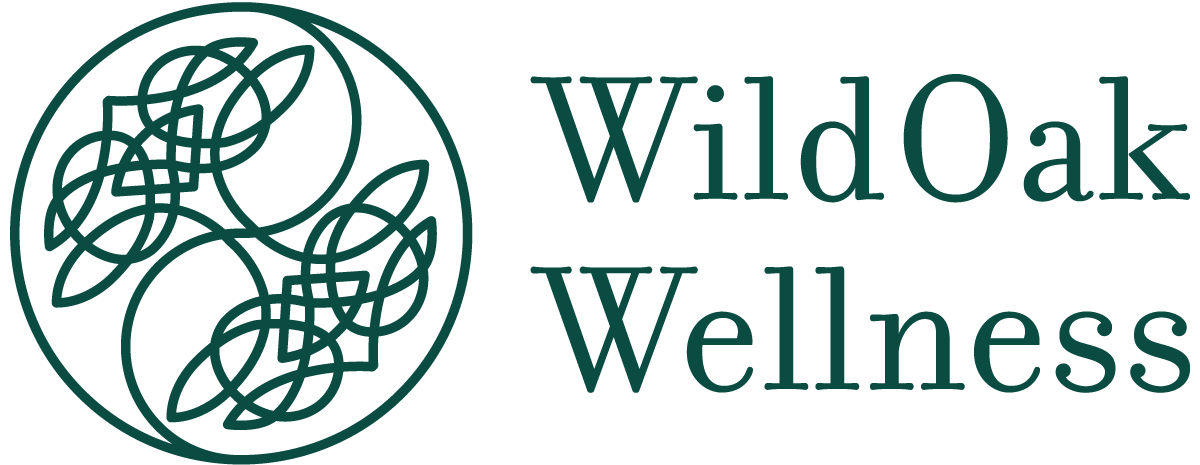Microcosmic Orbit Breathing
Discover the Ancient Practice of Microcosmic Orbit Breathing
"Gathering the Light", Daoist meditation from The Secret of the Golden Flower
Bringing the tip of the tongue to touch the palate in order to ‘build the bridge’ for the breath
The microcosmic orbit (小周天), also known as the Self Winding Wheel of the Law, is a Taoist qigong energy cultivation technique that blends deep breathing, meditation, and concentration to guide the flow of qi (energy) through specific pathways in the body. This technique is integral to practices like traditional Chinese medicine, tai chi, Neidan, and Chinese alchemy. It is usually practiced in a seated position but can also be adapted for standing postures or movements, as seen in tai chi.
Practical Steps to Implement the Microcosmic Orbit
Preparation:
Relaxation: Sit upright with spine straight, body relaxed, and tongue lightly touching the roof of the mouth. Breathe slowly through the nose, letting the belly expand on inhale and contract on exhale.
Deep Abdominal Breathing: Focus on deep breathing into the primary dantian, the energy center in the lower abdomen. This helps generate heat and pressure, preparing your body for the energy flow.
Executing the Technique:
Microcosmic Orbit Flow:
Inhalation: Guide the jing (essence) upwards along the Governor vessel, which runs from the base of the spine up the back to the crown of the head and over the scalp to the mouth. Using the hands to trace the path up the spine helps reinforce the flow.
Exhalation: Allow the energy to flow downwards along the Conception vessel, from the mouth down the front of the body, returning to the dantian, in the lower abdomen and pelvis. Continue using the hands to trace the path down the front mid-line to help reinforce the flow.
Full Circle: This creates a continuous loop of energy, preventing depletion of the body's natural essences and transforming jing (essence) into qi (vitality), then returning energy back into storage to be grounded and calm.
Repeat: Repeat calmly, without force. The mind leads the qi, the breath fuels the qi. In time, the circuit opens naturally—like water flowing in a channel.
Key Points and Gates:
Three Gates: Critical areas where energy might stagnate:
Tailbone Gate (Wei-lu)
Shen Dao (mid-back, behind the heart)
Jade Pillow (back of the head)
Other Important Points:
Ming Men (Gate of Fire): Located in the low back, between with the kidneys.
Baihui (Niwan): Directly on top of the head.
Additional Techniques:
Macrocosmic Orbit: Expands the energy circulation to other meridians, including the arms and legs, promoting overall balance and vitality.
Historical Context
The microcosmic orbit dates back to prehistoric China, with principles rooted in the I Ching, believed to be authored by Emperor Fu Xi around five thousand years ago. Historical artifacts, like the 1886 stone carving in the White Cloud Temple in Beijing, depict symbols of this meditation technique. Lü Dongbin, a Taoist Patriarch born in 798 AD and one of the Eight Immortals, contributed significantly to these practices.
Practical Tips
Qualified Guidance: It's essential to learn under the supervision of a qualified teacher, especially for beginners or those with a history of mental or emotional issues. Missteps in the practice can hinder the flow of energy and may cause harm.
Consistency and Patience: Regular practice is key to mastering the microcosmic orbit. It purifies the body, mind, and spirit, promoting health and longevity.
By incorporating these practical steps and insights, you can harness the transformative power of the microcosmic orbit in your daily routine, enhancing your overall well-being and spiritual growth.
Note: If you experience any discomfort or adverse effects while practicing this breathing technique, discontinue immediately and seek advice from a qualified instructor.



